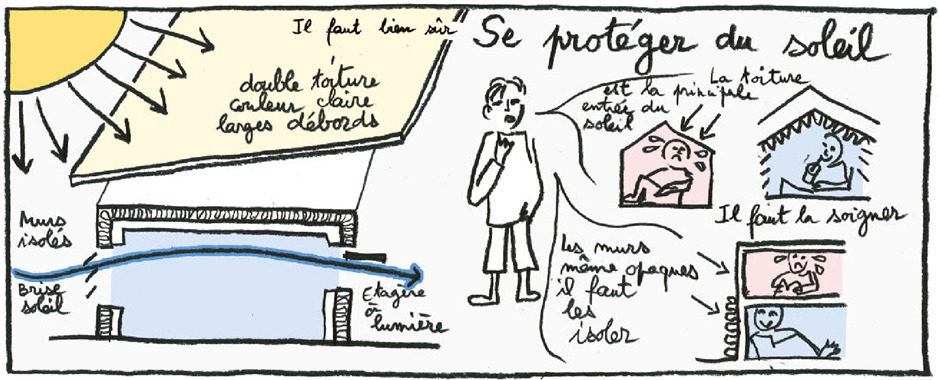Information
Summer comfort and RE2020: what’s new?
The RE2020 sees a new indicator replacing the old Tic (conventional indoor temperature) in regulatory calculations of summer comfort.
This new indicator, degree hours (DH), highlights the total number of hours of thermal discomfort over a summer heatwave season. It takes into account the duration and intensity of periods of discomfort in the building.
Its predecessor, the Tic, simply ensured that a theoretical maximum temperature was not exceeded during an average weather season.
The Tic was first introduced in the RT 2000, even before the infamous heatwave of 2003. Now that RT 2005 and RT 2012 have retained it, it was time to introduce a new approach.
Comment est effectué le calcul des degrés-heures ?
For a given building, the simulated indoor temperature[1] is measured every hour on the basis of the 2003 heatwave weather scenario. The aim is to ensure that the building is well thought out from a bioclimatic point of view, and better able to withstand extreme temperatures (by modifying the thickness of the walls, the external insulation, the performance of the glazing, etc.).
A conventional temperature is then used (26 to 28°C [2] during the day, 26°C at night).
Finally, the difference between these two temperatures is calculated.
Thus, with a simulated temperature of 30°C between 12pm and 1pm, 3 degree-hours are counted[3] [7](DH). Note that if the simulated temperature is less than or equal to 27°C, it is considered that there is no overheating; in this case, zero degree hours are counted.
By accumulating the degree hours over the summer season, we obtain the total DH [4][8] for the building in question.
Three cases are envisaged:
- Degree-hours > 1250: the project will be non-compliant
- Degree-hours < 350: the project will be compliant, the building will be considered comfortable in all situations
- 350 ≤ Degree-hours ≤ 1250: there is a risk of summer discomfort. The RE2020 calculation will then penalise the project on a flat-rate basis depending on the type of building, the climatic zone and the degree-hours of discomfort.
[1] This calculation is based on standard NF 15251 – adaptive comfort [2] After several hot days, the human body tends to tolerate heat better. The RE2020 calculation method reflects this ability by increasing the calculation threshold of 26°C from +0 to +2°C depending on the temperatures tolerated. The increase in this threshold is defined by the calculation algorithms that transcribe standard NF 15 251 (adaptive comfort). [3] 30-27=3 [4] This example is simplified
What solutions are there for summer comfort?
The basic principle is to work on the building envelope in order to comply as closely as possible with the rules of bioclimatism. There is a wide range of solutions, including :
- Good solar protection on the roof (see illustration below)
- good thermal insulation, suited to a summer climate (e.g. a solid structure combined with external insulation),
- through-ventilation,
- low-emissivity glazing or glazing protected by external solar shading,
- Well thought-out planting (for example, to limit overheating on the west side).

Thumbnail taken from the comic strip “Rester Cool – Fraîcheur sans climatisation”, by Alain Bornarel and Emmanuelle Patte, Lanceurs d’Avenir, ICEB 2019
On the systems side, other solutions will complement good building design to cope with summer peaks: ceiling fans, Canadian or Provençal wells, geocooling, adiabatic cooling.
Among these solutions, ceiling fans appear to be the most low-tech and economical.
Would you like to find out more about our offers?
Ceiling fans are a very simple way of drastically reducing discomfort in summer and between seasons.
Residential

Tertiary


Any questions? Just contact us!
Tel: 04 92 38 96 50
Email: contact@brasseurs-air-re2020.com

RE2020 : What is the 2020 Environmental Regulation?
Lire la suite

Summer comfort and RE2020 :
What's new?
Lire la suite

Why are ceiling fans so important in RE2020?
Lire la suite

Lire la suite

Lire la suite

Lire la suite

Lire la suite

Lire la suite

Lire la suite
